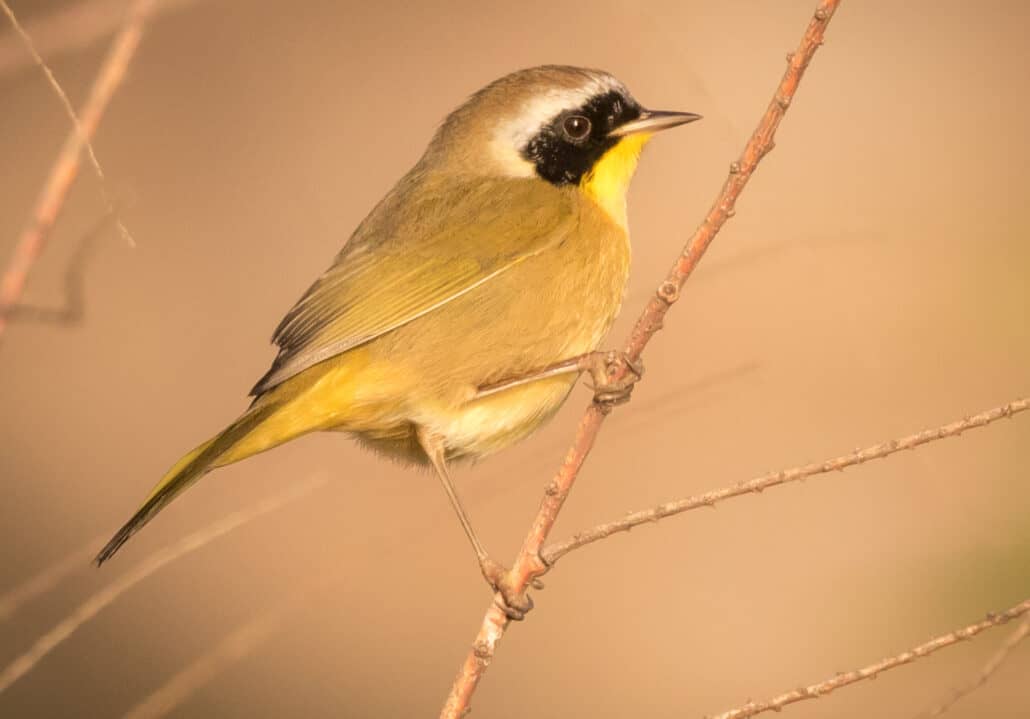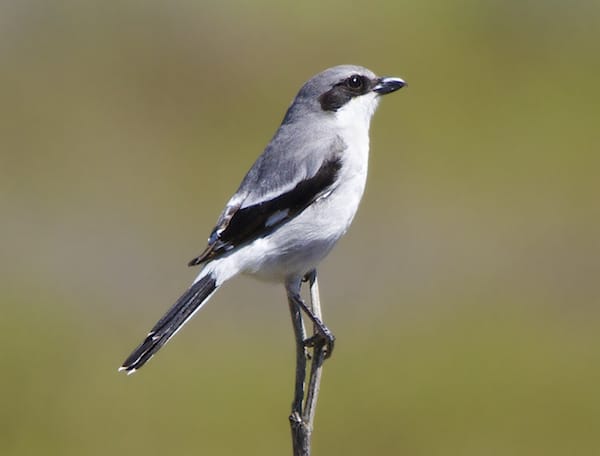Hiding in Plain Sight!
One of California’s best kept secrets is the Olompali State Historic Park. If you’re zipping north and south on US 101 between Santa Rosa and the Bay Area, Olompali is equidistant between the two. This mountainous region of 700 acres is the landscape of 8,000 years of native Coast Miwok history. In recent times, Jesuit priests, a hippie commune, and the Grateful Dead (1960’s rock band) have called the area home. Since 1977 it’s been open for public use as a state park, and offers stunning views of the Petaluma River and San Francisco Bay with diverse birding among multiple habitats.
BIRD TRAILS
Three named trails are quite popular for hiking and birding: Miwok, Loop, and Burdell. The habitats move from grassland (and Victorian gardens, if you prefer) to mixed chaparral and oak woodland, with the latter being dominant. You will also find wetland snags around the streams, seeps, springs, and reservoir, along with rocky outcrops. Trails range from smooth and level, to steep and rocky near Mount Burdell.
The park brochure is sufficient for navigating the simple trail system at this location.
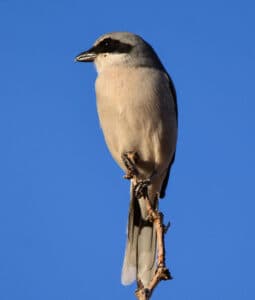
BIRD LIST
- Song sparrow (San Pablo subspecies, an endemic)
- Woodpeckers: acorn, downy, hairy, Nuttall’s, and pileated
- Northern flicker
- Red-breasted sapsucker
- Orioles: Bullock’s and hooded
- Bewick’s wren
- Orange-crowned warbler
- Black phoebe
- Flycatchers: ash-throated and Pacific slope
- Oak titmouse
- California towhee
- California quail
- Band-tailed pigeon
- Yellow-headed blackbird
- Short-eared owl
- Peregrine falcon
- Loggerhead shrike
- Northern harrier
- Common yellowthroat
In the wetlands:
- Canvasback
- Northern shoveler
- Ruddy duck
- Black rail
- Bufflehead
- Greater scaup
- Snowy plover
- Long-billed curlew

For a general guide organized by habitats in the state park, these two pages are a good starting point.
ECO-NOTE
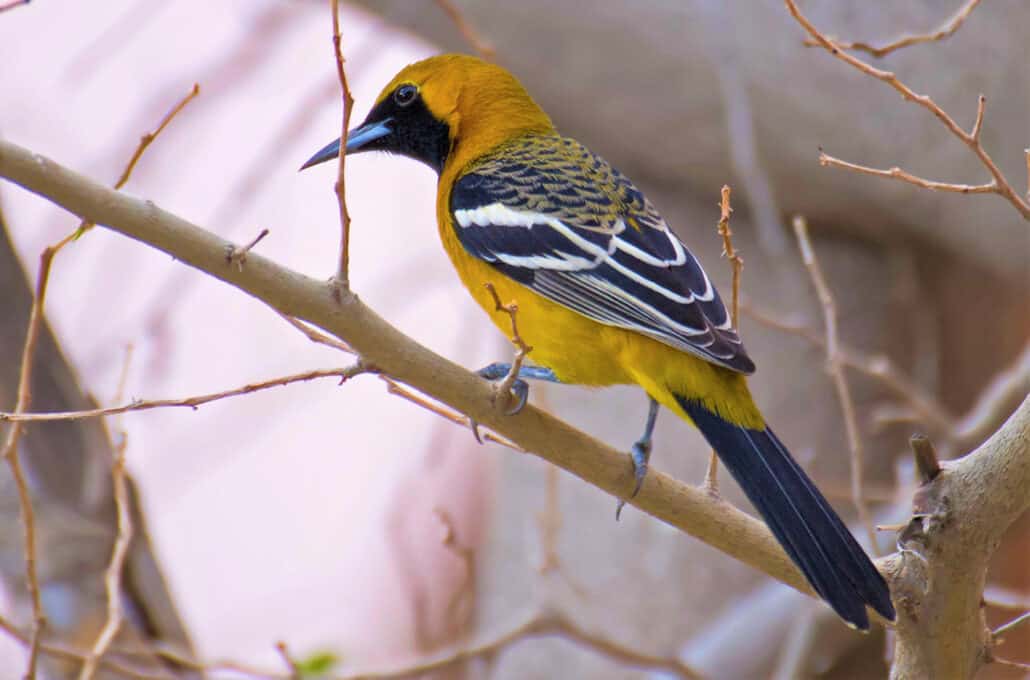
Olompali State Historic Park is located just west of the San Pablo Bay Wetlands Important Bird Area, the northernmost reaches of the San Francisco Bay. This IBA, along with the San Pablo Bay Marine IBA, represents some of California’s most important tidal estuaries. Specifically, the state park lies across US 101 from the Petaluma River Marsh Wildlife Area. The estuarial wetlands in this region welcome more than 900,000 shorebirds annually, and hold the highest possible ranking of importance with the Western Hemisphere Shorebird Reserve Network.
Buffer habitat protection, invasive species (flora and fauna) eradication, and wetland restoration are the top environmental priorities.
MUST-SEE
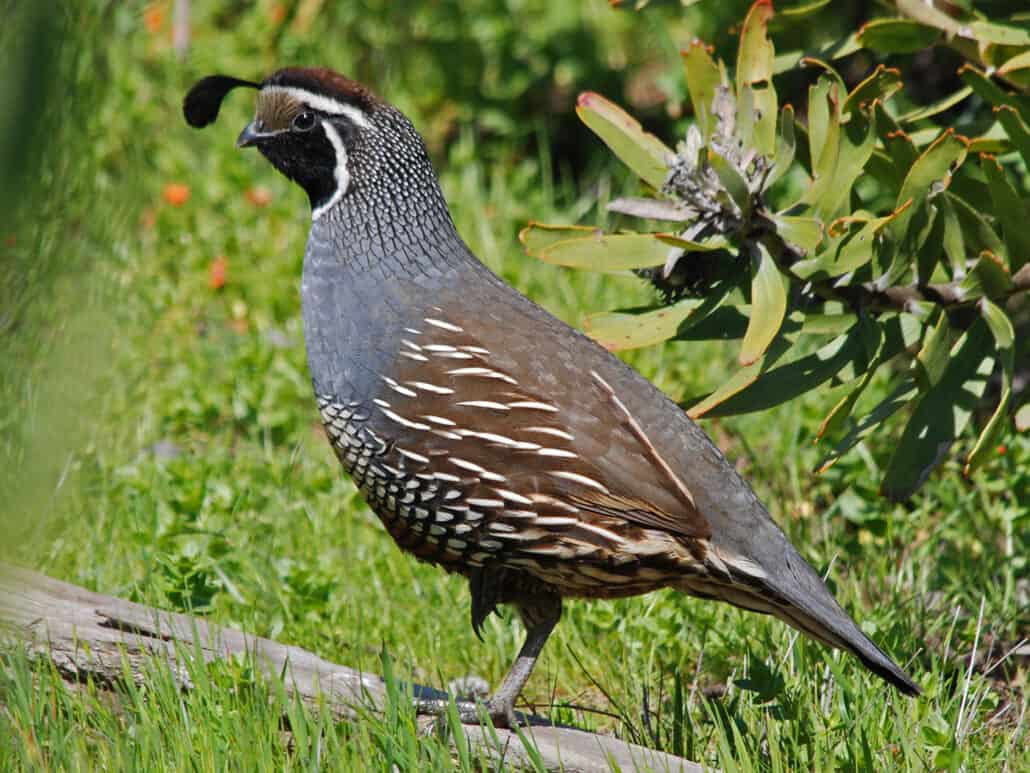
Take a few minutes to see the adobe brick remains of the oldest house north of the Bay. Owned by the final Coast Miwok leadership living in Olompali, it is listed as a California Historical Landmark.
This park is a safe haven for healthy populations of flying mammals. If you visit in the autumn, join the bat-watching events. Olompali is home to pallid, big brown, hoary, western red, Townsend’s big-eared, Mexican free-tailed, Yuma myotis, and California myotis bats.
WHERE TO STAY
This is a day-use state park with ample parking, picnic facilities, portable toilets, and a (limited hours) visitor’s center on site. There are commercial campgrounds, RV parks, and resorts in the immediate area.

